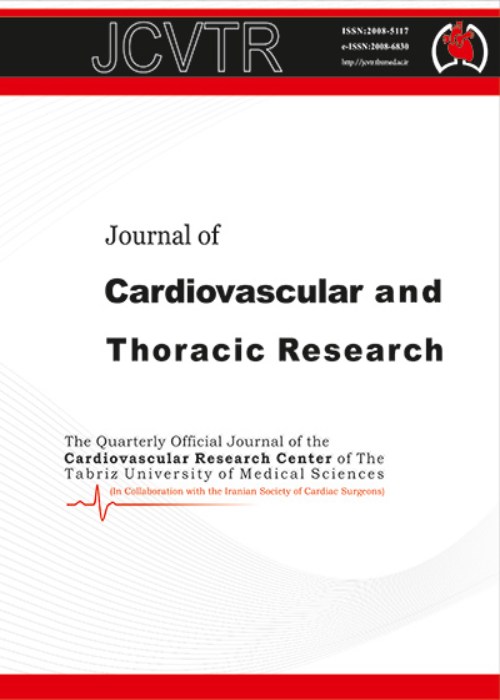Universal Glove and Gown Use for Healthcare Workers: What Is the Role of Visitors?
Author(s):
Abstract:
Critical illness is a life-threatening course of the disease affecting almost all human organs; unfortunately, it can lead to significant morbidity or mortality. Critical illness is mostly heralded by physiological deterioration. It is globally accepted that all clinical staff are extremely influential through their vigilance and intensive care provided for the critically-ill.1 Early-weaning systems and modes have contributed immensely to the prevention of deterioration and serious adverse events in these patients.2 Outcome depends vastly on prompt identification, diagnosis and treatment; hence, all doctors should have the knowledge to identify the critically-ill patient and initiate the situation management as soon as possible. The use of gloves and gowns for all contacts versus routine care among patients in medical and surgical ICUs has recently been shown not to be associated with a significant difference in the MRSA or VRE acquisition1. In their study, Harris et al. reported that all health care workers (nurses, physicians, respiratory therapist, etc.) wore gloves and gowns for all contacts with patients and when entering each patient’s room.3 Admission to an intensive care unit is per se a highly-stressful event for both patients and their relatives. Traditionally, infection control concerns and a belief that liberal visiting by patients’ relatives interferes with the provision of patient care has led many units to impose restricted visiting policies. However, recent studies suggest that partially-unrestricted vs. restricted visiting policy not only improves visitors’ satisfaction and reduces anxiety but also does not result in an increase in ICU-acquired infections.4,5 Hence, considering the increase in the popularity of open and partially-restricted visitor policies, provision of infection control (gowns and gloves) for visitors’ contacts with the patients seems to be of great important in decreasing infection in the critically-ill patients.
Language:
English
Published:
Journal of Cardiovascular and Thoracic Research, Volume:5 Issue: 4, Dec 2013
Page:
173
magiran.com/p1206521
دانلود و مطالعه متن این مقاله با یکی از روشهای زیر امکان پذیر است:
اشتراک شخصی
با عضویت و پرداخت آنلاین حق اشتراک یکساله به مبلغ 1,390,000ريال میتوانید 70 عنوان مطلب دانلود کنید!
اشتراک سازمانی
به کتابخانه دانشگاه یا محل کار خود پیشنهاد کنید تا اشتراک سازمانی این پایگاه را برای دسترسی نامحدود همه کاربران به متن مطالب تهیه نمایند!
توجه!
- حق عضویت دریافتی صرف حمایت از نشریات عضو و نگهداری، تکمیل و توسعه مگیران میشود.
- پرداخت حق اشتراک و دانلود مقالات اجازه بازنشر آن در سایر رسانههای چاپی و دیجیتال را به کاربر نمیدهد.
In order to view content subscription is required
Personal subscription
Subscribe magiran.com for 70 € euros via PayPal and download 70 articles during a year.
Organization subscription
Please contact us to subscribe your university or library for unlimited access!


